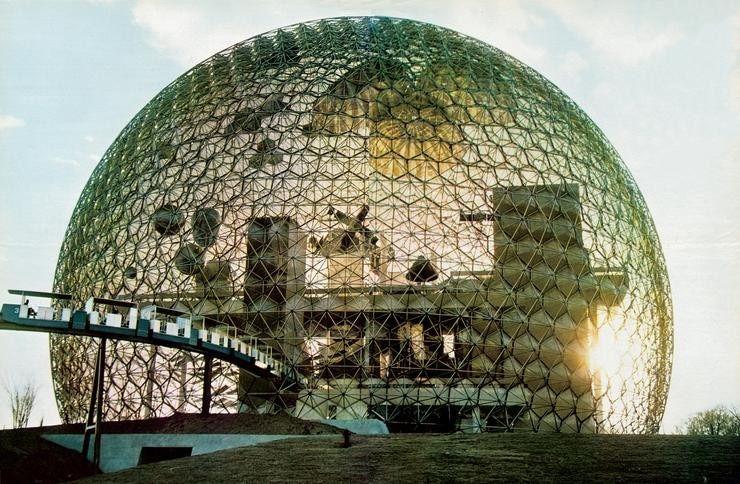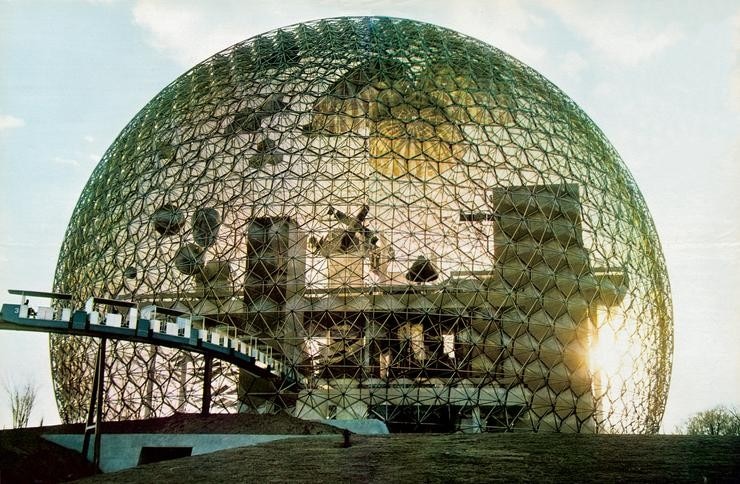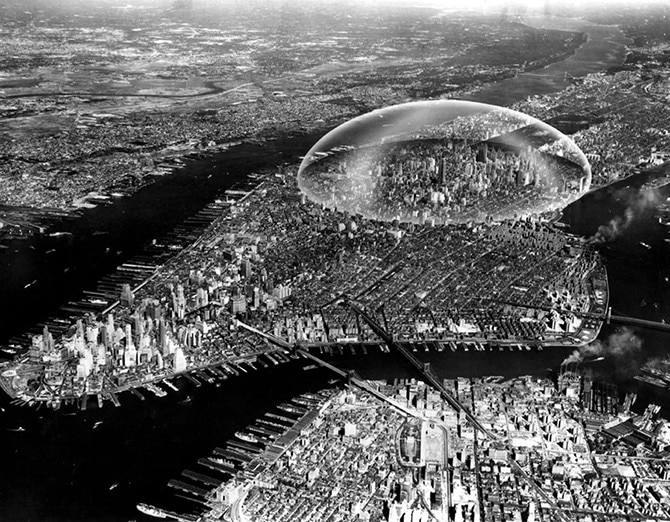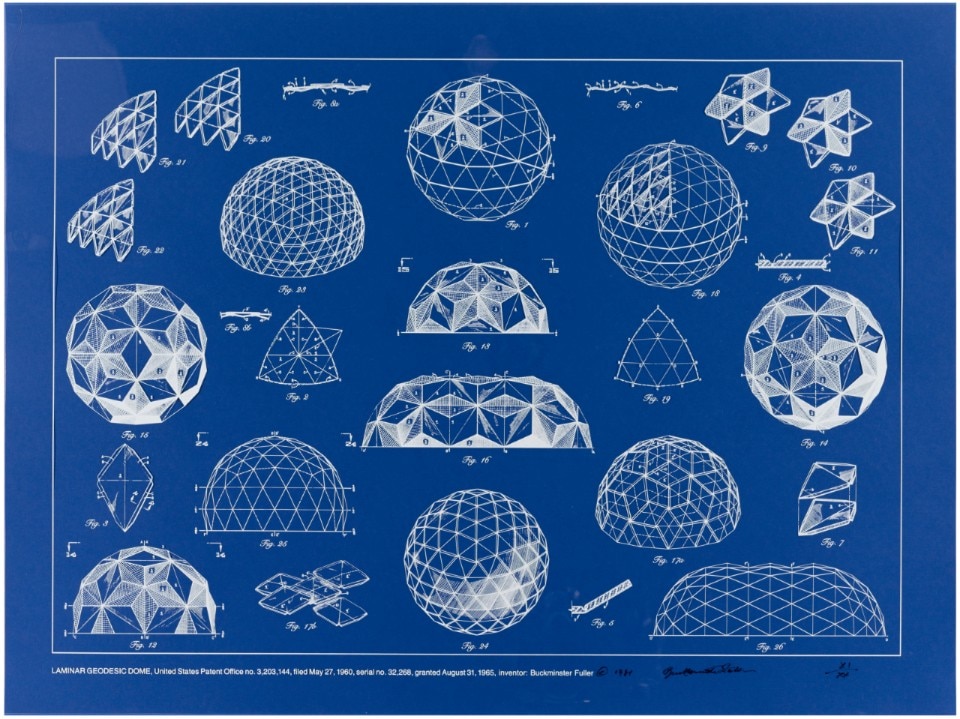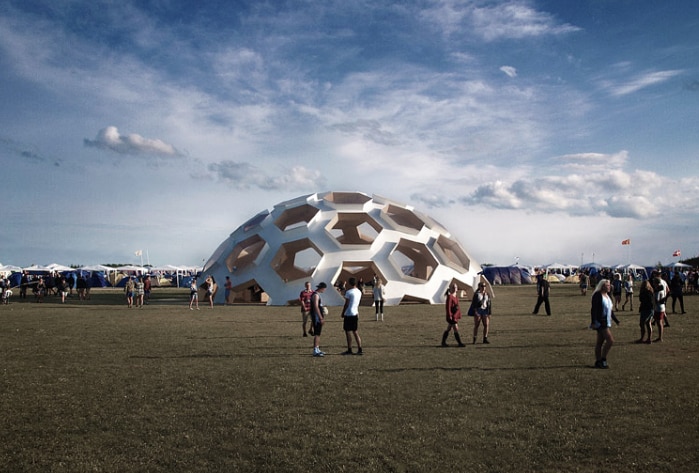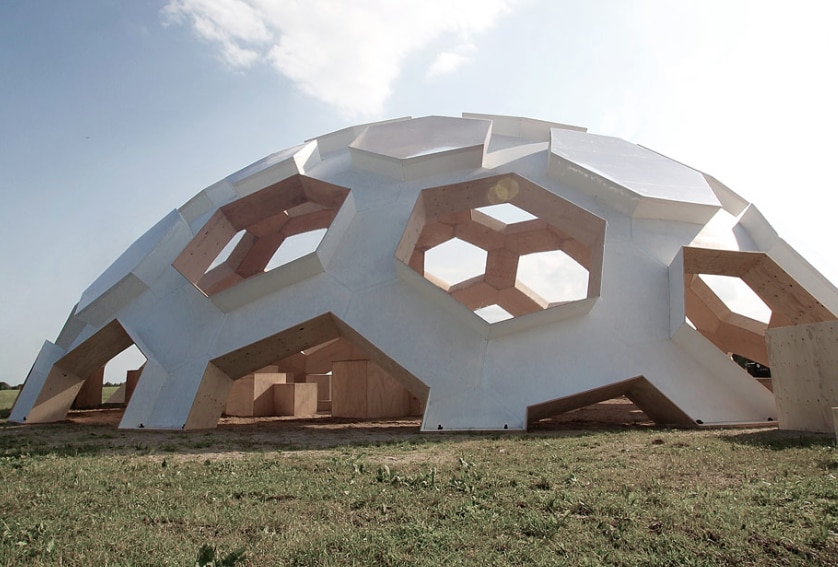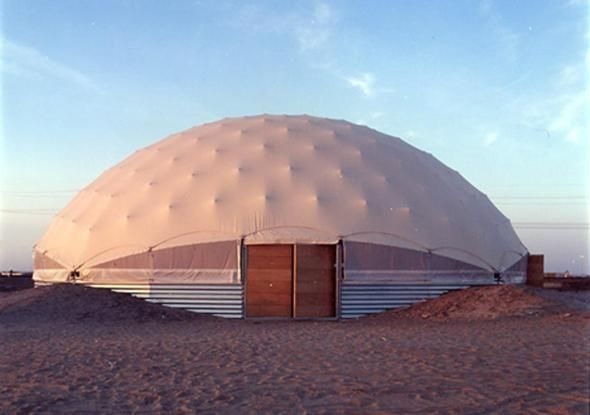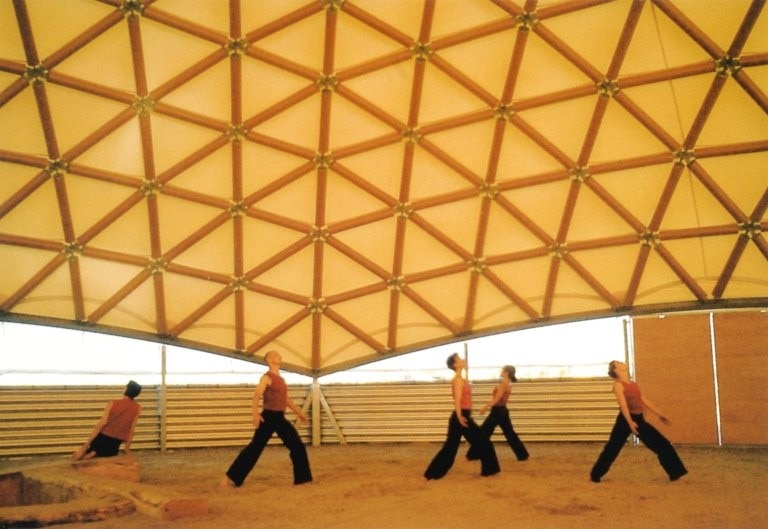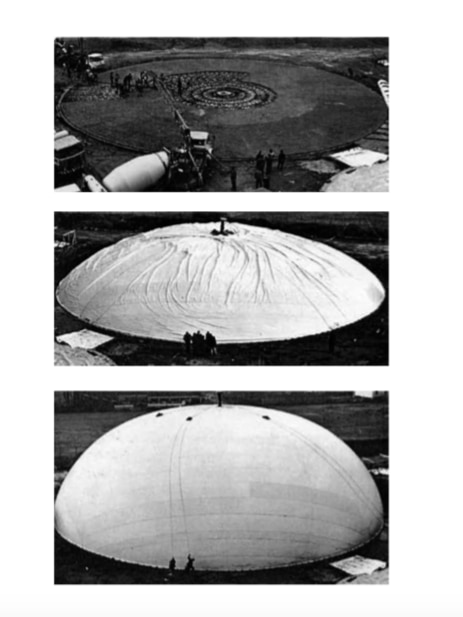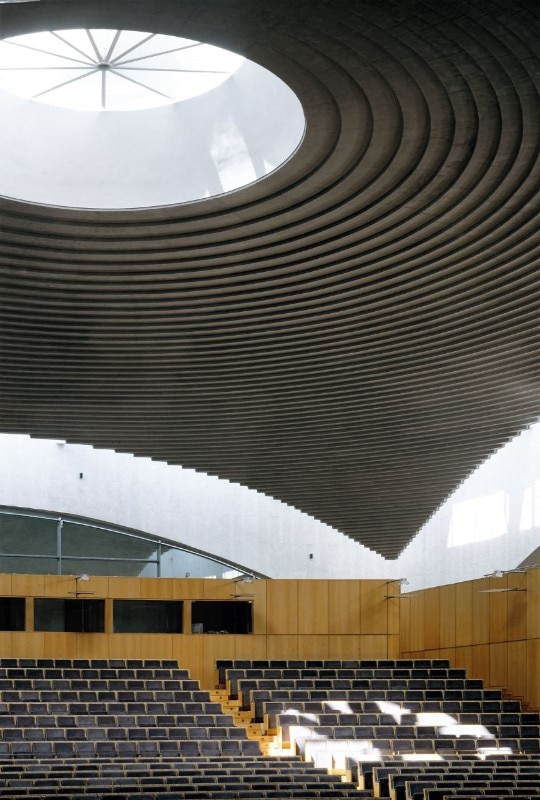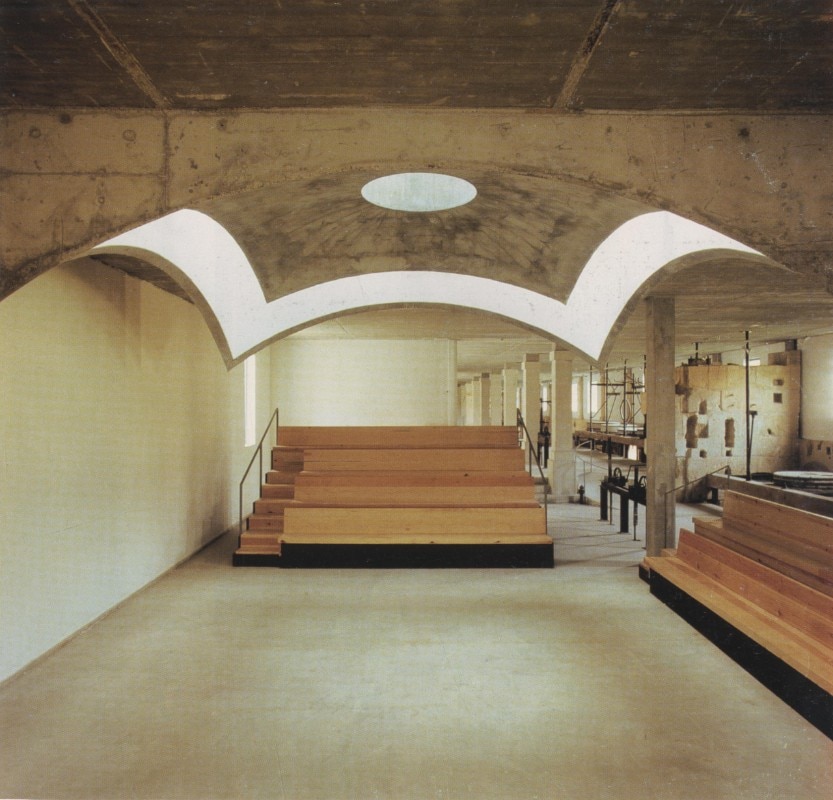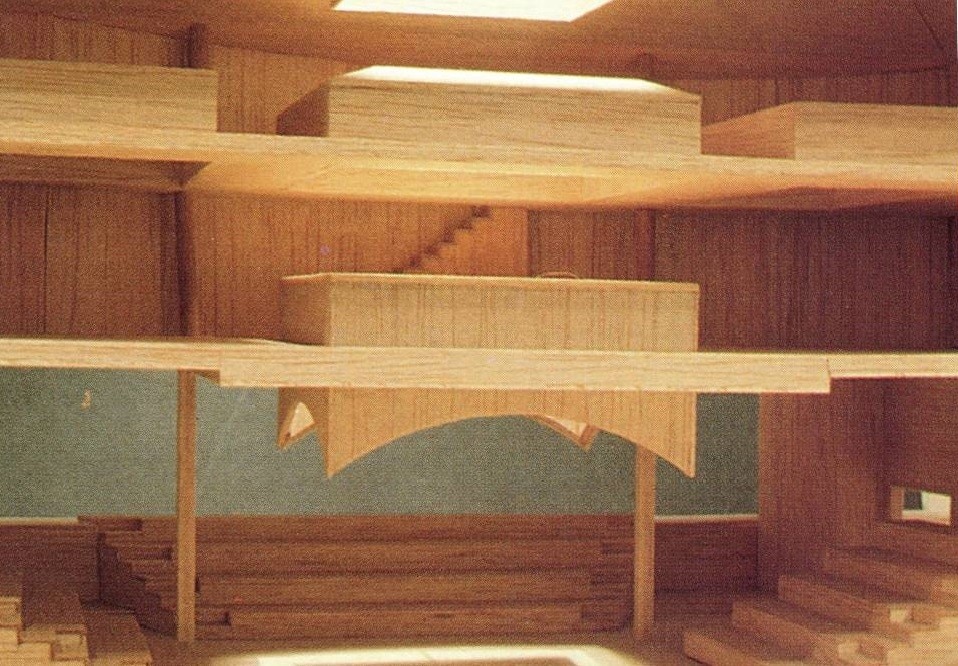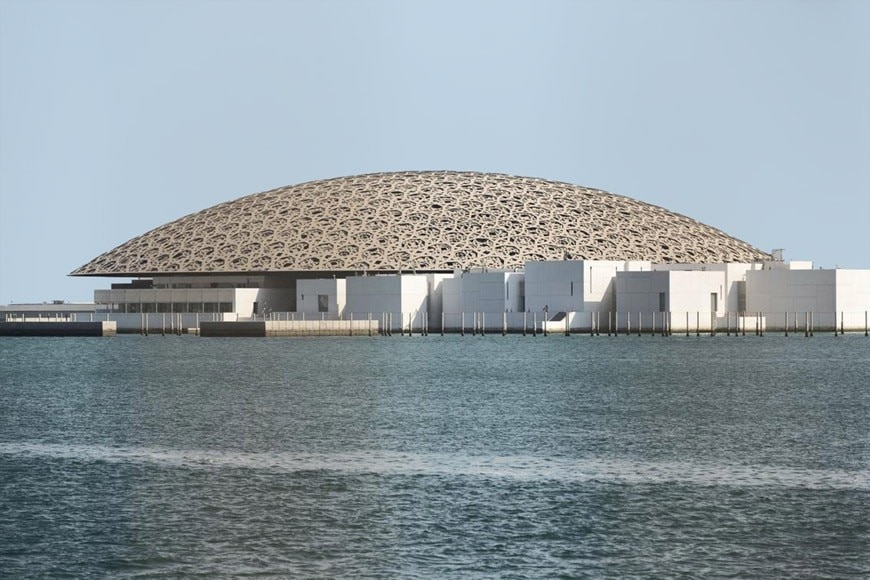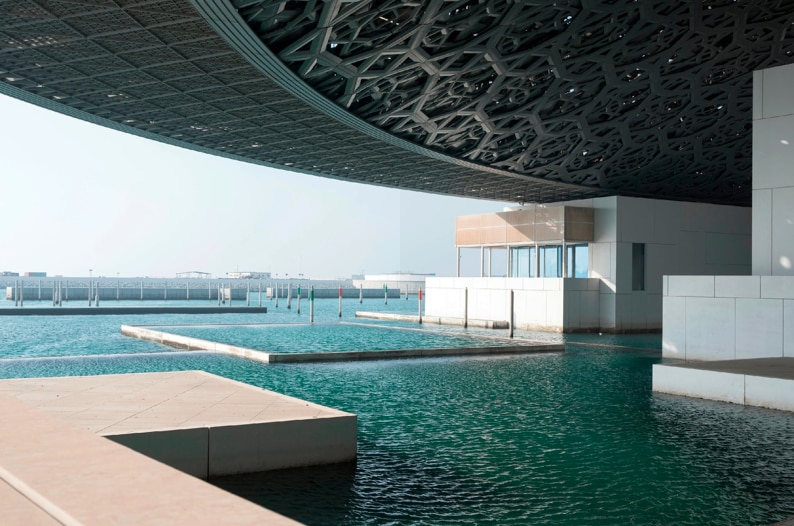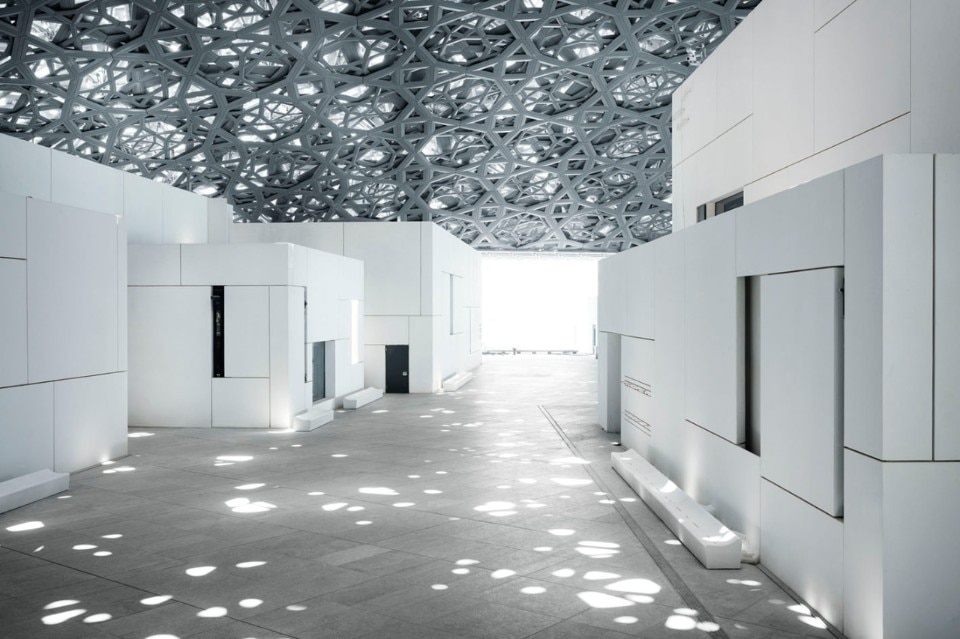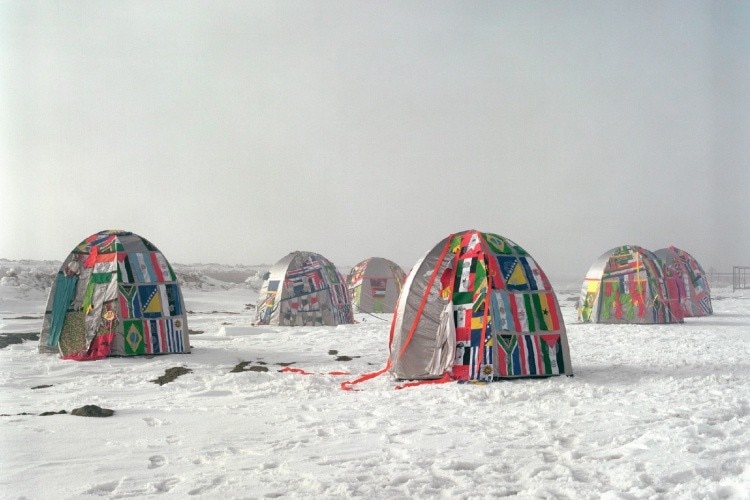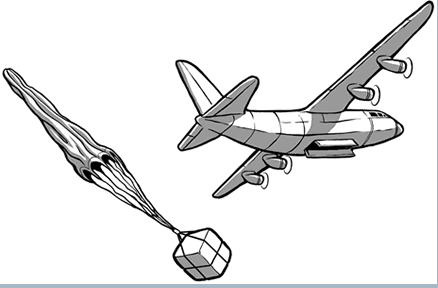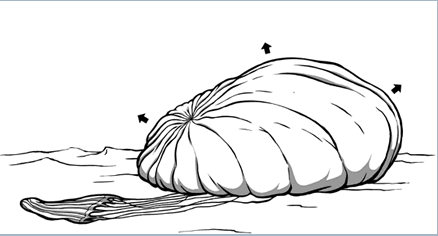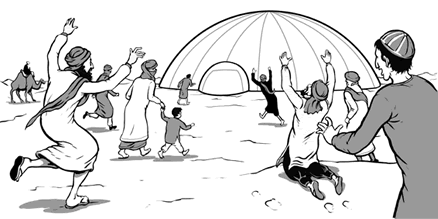The dome is a roof structure with a curved surface. Formed by the rotation around a median axis of an arch, the dome shares its qualities with it – in relation to the characteristics of the arch, domes can be hemispherical (or round), paraboloid, lowered, umbrella-shaped, onion-shaped (typical of Central Europe and Russia), conical (typical of Armenia), raised (typical of Indian and Islamic architecture), and they can even come in groups or clusters of groups (typical of Orthodox Church architecture).
Just like the arch, the dome is one of the greatest symbolic and constructive expressions of architecture – it’s an expressive element both of Roman architecture, which developed numerous variations, and of Islamic and Byzantine architecture, which measure themselves through the relationship between the Catholic Church and the Eastern Orthodox Churches (just think of the Hagia Sophia Grand Mosque in Istanbul).
Some domes have deeply marked the course of architecture. The Pantheon’s dome, for example, which is the symbol of the highest religious and political aspirations of men, has been imitated by Palladio, Lutyens, and many more; Florence Cathedral’s dome, with its self-supporting structure inspired by ancient building techniques, has instead marked the revolution of the traditional building site and the birth of the figure of the architect; the spherical dome of St. Peter’s Basilica, with its two shells of brick, the outer one having 16 stone ribs, and the supporting drum, established the distinctive features of Italian Renaissance domes.
Therefore, the dome cannot but catch Piranesi’s attention – anything that involves the past is part of the kingdom of ruins. The Pantheon and its dome appear in his etchings, their surface marked by the effects of the passing of time.
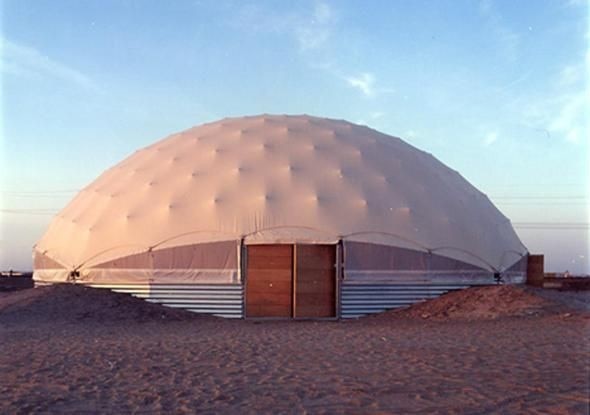
Replaced by trilithic systems during what is called modern architecture, since the post-Second World War period the dome has taken on new constructive characteristics and meanings that are inscribed within different lines of research in relation to the cultures of reference.
Geodesic domes were created by the representatives of the so-called techno-organic architecture, of which Buckminster Fuller is the leading exponent. As a result of the study of the geometries underlying the organic and inorganic world, geodesic domes base their reticular structure on the use and multiplication of a triangular or tetrahedral joint. On a variable scale, these domes are imbued with a positive attitude towards science and the reduction of the space, turning it into a kind of protection that can be individual or collective – geodesic domes allow to cover houses, exhibition halls, entire cities, or wandering communities.
Today, many architects works start from geodesic geometries while experimenting with the use of natural materials for temporary dome structures: the domes by Kristoffer Tejlgaard and Benny Jepsen are made of plywood cut using a CNC machine, while the Paper Dome developed by Shigeru Ban in collaboration with sculptor Klaas Kamphuistubi juxtaposes metal articulating with paper tubes.
Just like the arch, the dome is one of the greatest symbolic and constructive expressions of architecture – it’s an expressive element both of Roman architecture, which developed numerous variations, and of Islamic and Byzantine architecture
Dante Bini’s domes are thin, with a continuous surface, and made of reinforced concrete. They mark the use of construction systems that make use of pneumatic structures and start a new way of understanding and creating the dome. It is no longer just a roof structure, nor a structure for temporary events – the dome becomes a building that can be built anywhere.
The domes of Juan Navarro Baldeweg are always hidden and suspended. For example, the key idea of the Convention Center in Salamanca (1992) was to make a parallel with the long tradition of domed constructions – the roof symbolizing the sky overturns its meaning: the lowered and suspended dome that distinguishes it overturns the traditional concepts of load and support, thus creating a liberating modern space. Inspired by the illusionistic domes of the early nineteenth century by John Soane, but also by the classicism of Asplund, the domes developed by Navarro Baldeweg created a valid alternative to the burden of classical Francoist culture in Spain in the 1980s and 1990s.
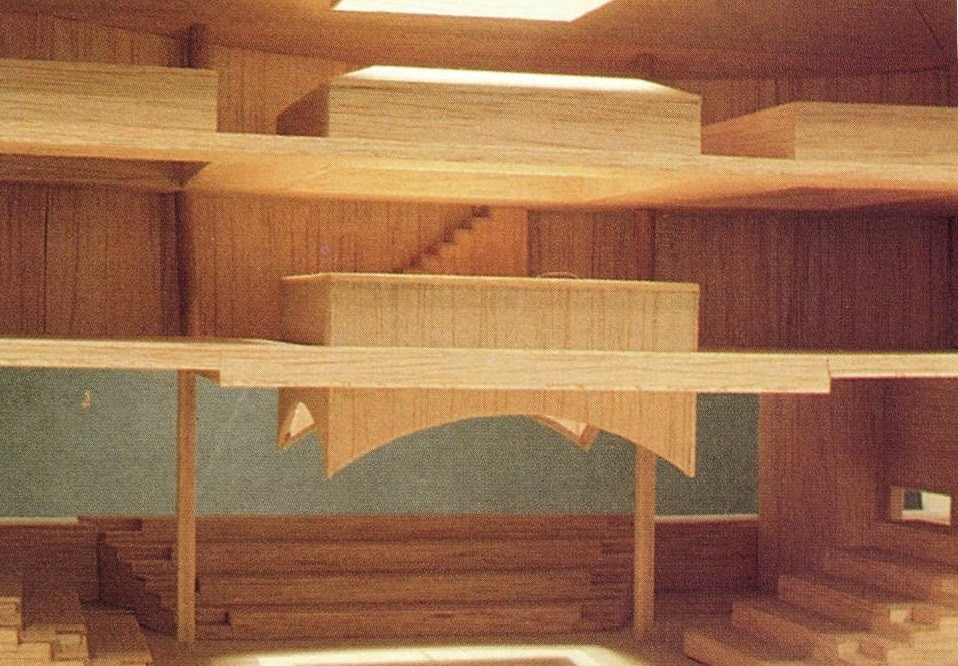
When in contact with a poetics aimed at creating “memories” through spaces and architectures that include notions of displacement and perception linked to a path and a place, the dome takes on ambivalent meanings. The dome of the Louvre in Abu Dhabi (2017) looks like a dome when seen from a distance. Its size (180 meters in diameter) and the relationships it establishes with the spaces below (which constitute a neighborhood) rewrite any concept of space with a domed roof. Consisting of eight layers of structural steel components reproducing grid structured with Oriental patterns in a contemporary key, the dome of the Louvre creates light and sensory effects that are typical of traditional Islamic architecture – it is also a mashrabiyya.
Increasingly more often, the dome appears as part of an activity that is more utopian than constructive. In these cases, it takes on a social, environmental, and political meaning that often embraces the horizon of desire and is difficult to place within the history of architectural forms. In this perspective are inscribed the fifty multicolored flag covered tents that make up the Antarctica Village (2007) by Lucy + Jorge Orta: fabric dome tents, symbol of the international community that in Antarctica carries out research aimed at protecting the environment; or the foldable half dome by studio Tsukagoshi Miyashita Sekkei – composed of lightweight resin boards, it is designed to offer temporary protection to the inhabitants of Japanese high-seismicity regions; then there’s the Pneumatic Parliament (2006) developed by Peter Sloterdijk, Gesa Mueller von der Hagen and the architect Dierk Jordan (Global Instant Object), a self-inflating plastic dome that can be used all over the to hold parliamentary meetings. The dome thus becomes an “event”, in the Žižekian meaning of the term.


